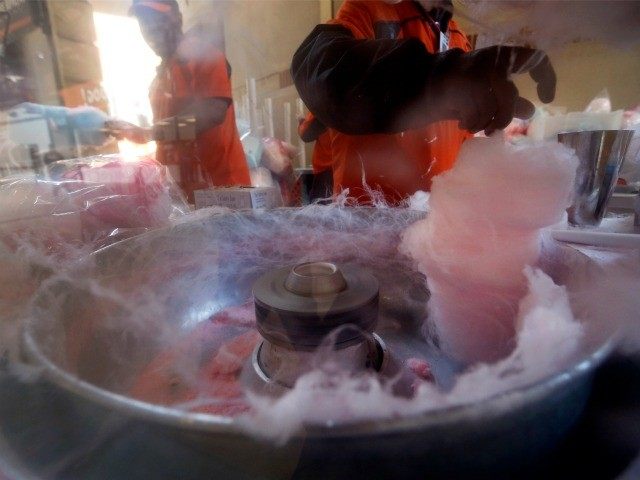-
Tips for becoming a good boxer - November 6, 2020
-
7 expert tips for making your hens night a memorable one - November 6, 2020
-
5 reasons to host your Christmas party on a cruise boat - November 6, 2020
-
What to do when you’re charged with a crime - November 6, 2020
-
Should you get one or multiple dogs? Here’s all you need to know - November 3, 2020
-
A Guide: How to Build Your Very Own Magic Mirror - February 14, 2019
-
Our Top Inspirational Baseball Stars - November 24, 2018
-
Five Tech Tools That Will Help You Turn Your Blog into a Business - November 24, 2018
-
How to Indulge on Vacation without Expanding Your Waist - November 9, 2018
-
5 Strategies for Businesses to Appeal to Today’s Increasingly Mobile-Crazed Customers - November 9, 2018
Could cotton candy machines help scientists to 3D print human organs?
With the goal to make fiber networks that can be used as templates to produce the capillary systems required to create full-scale artificial organs, Leon Bellan, assistant professor of mechanical engineering at Vanderbilt University, has been tinkering with cotton candy machines from past many years. Once the gelatin had set, it was cooled to room temperature, which caused the threads to dissolve, leaving behind tiny tubes.
Advertisement
The team’s research was published online in the journal Advanced Healthcare Materials on February 4.
‘But now we’ve shown we can use this simple technique to make microfluidic networks that mimic the three-dimensional capillary system in the human body in a cell-friendly fashion. “Generally, it’s not that difficult to make two-dimensional networks, but adding the third dimension is much harder; with this approach, we can make our system as three-dimensional as we like”.
Many research efforts are now investigating the possibility of engineering living tissues, and eventually living organs.
From growing a full thymus gland inside a mouse, to creating a slice of artificial liver tissue, to using ink jet printing technology to create a human ear, researchers are steadily moving us toward the day when ordering up a new organ could be as commonplace as ordering an MRI is today.
It’s possible to build capillary scaffolding from the bottom up by culturing cells in a thin film of gel and allowing vessels to began forming on their own, but the process is slow and delicate.
Engineers at Vanderbilt University have been experimenting with cotton candy machines as a means to weave capillary-like structures using hydrogels. However, driven by the unorthodox idea to use a cotton candy machine, Leon Bellan, lead researcher on the project, found an effective breakthrough. Experts used a cotton candy machine to see if they can find a way to create artificial human organs. Essentially, cotton candy machines melt down sugar, squeezing them out through tiny holes in a spinning centrifuge, where they re-solidify in strands.
‘It turned out that it formed threads that were about one tenth the diameter of a human hair – roughly the same size as capillaries – so they could be used to make channel structures in other materials’. Scientists have tried to make such capillaries using a technique called electrospinning, but it’s slow, inefficient, and low-resolution: the average capillary is about 10 microns wide, while electrospinning results in capillaries 10 times too big.
Three-dimensional slab of gelatin that contains a microvascular network. They are using these materials as scaffolds for supporting cells within three-dimensional artificial organs. He realized that electrospinning can make networks somewhat resembling capillaries, but at a much smaller scale. They then added human cells to a solution of gelatin in water. Bellan explained that while microfabrication techniques could create features that are as small as his method – they could only be made in 2D. To hold all of this together, they added a very scary-sounding substance called “meat glue” – an enzyme that’s actually named transglutaminase that’s quite common in the food industry.
The researchers have affirmed that more than 90% of the cells in a scaffold with perfused micro-channels have remained alive after seven days. Because the polymer is insoluble above 32 degrees Celsius and soluble when below that temperature, it allows for the specific kind of growth scientists need in order to create artificial capillaries. And therein lies the greatest challenge-because without a life-force keeping the cells fed-there is no way to go so far as to create organs that are viable.
Advertisement
Cotton candy may save your life.





























